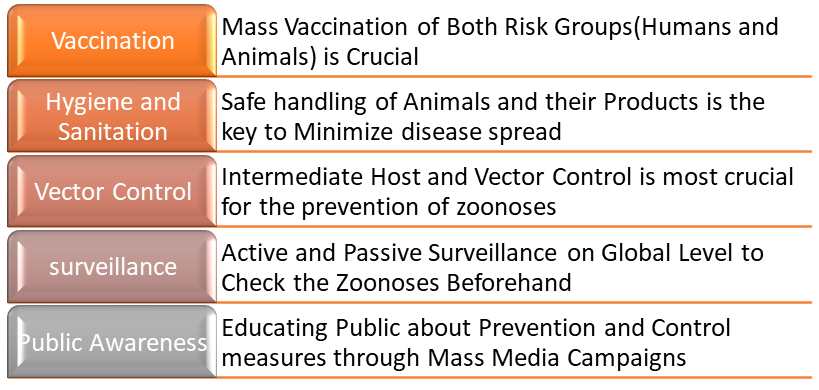The One Health Approach refers to the collaborative and multi-sectoral strategy that recognizes the interconnectedness of human, animal, and environmental health. It particularly emphasizes that these three components are interlinked with one another. Anything that impacts humans, animals, or the general environment may have detrimental effects on any of the three pillars of One Health, which becomes more crucial over time, as these effects may ultimately impact humans in the long run.
A simple example to understand this approach is malaria, which includes:
- The vector transmitting Plasmodium falciparum (Female Anopheles mosquito)
- Ecology of mosquitoes (warm, humid conditions and marshy areas; rainfall)
- Final host (vertebrates, especially humans)
Action Framework for One Health Approach
This framework involves all essential components necessary to achieve the One Health goal. Some components must be provided to safeguard health, while others need to be monitored.
Five Pillars Defined to Reach the One Health Goal:
Professional
Stake holders for one health Approach
Zoonoses
Infectious Diseases that can be transmitted from animals to humans are known as zoonotic diseases. There are occasional outbreaks of zoonotic diseases in different regions of the world. Most severe was the COVID-19, which proved highly fatal for the humans throughout the Globe.
Facts and Figures about Zoonoses












0 Comments